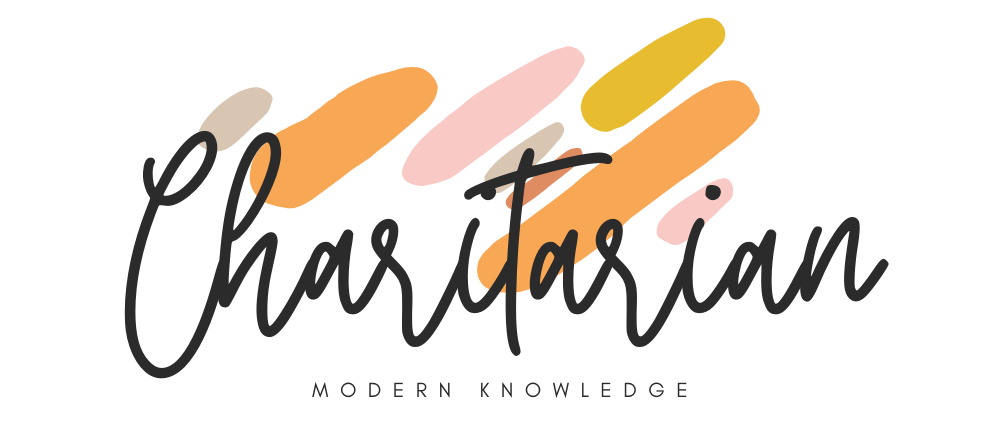An HR management system can help organizations ensure compliance with all relevant laws, regulations, and industry standards. By automating the HR process, organizations can easily track employee data, manage employee benefits, and audit employee performance. Additionally, with an HR management system, organizations can easily assess and respond to any changes in laws or regulations that may affect their operations. Furthermore, the system can provide alerts for upcoming compliance deadlines and ensure that all employees are in compliance with the company’s policies and procedures. With an HR management system, organizations can easily keep their operations compliant and up to date with all relevant laws, regulations, and industry standards.
What Is An Hr Management System And How Does It Help Ensure Compliance?
An HR management system is a software program or suite of programs designed to streamline the Human Resources (HR) functions of an organization. It helps store and track employee data, manage payroll and benefits, and provide a platform for employee self-service. In addition to automating processes, an HR management system also helps ensure compliance with various laws and regulations. There are many different hr management systems available in the hr management system UK. By tracking employee data, the system can help ensure that organizations are adhering to labor laws, health and safety regulations, and other federal and state requirements. The system can also be used to track employee performance and development, helping to ensure that employees are being regularly evaluated and given opportunities for growth. Overall, an HR management system is a powerful tool for businesses to ensure compliance and maximize productivity.

Understanding Key Compliance Regulations And Requirements
Compliance regulations and requirements are essential for organizations to adhere to. Understanding these regulations and requirements is key to ensuring a company is compliant with industry standards. It is important to have a comprehensive understanding of the regulations and requirements in order to stay in line with the law. Additionally, understanding the regulations and requirements helps organizations avoid costly fines and penalties. Compliance regulations and requirements are constantly changing and evolving, making it important to stay up to date on the latest developments. Furthermore, organizations should have a system in place to monitor compliance and ensure that everyone is following the regulations and requirements. Understanding key compliance regulations and requirements are essential for organizations to remain compliant and minimize risk.
Automating Compliance With An Hr Management System
An HR management system can help automate compliance in the workplace. It provides a user-friendly platform that allows employers to keep track of employees, streamline their HR processes, and ensure they follow all applicable laws and regulations. It offers features such as employee onboarding, tracking performance metrics, and tracking leave and vacation requests. Organizations can also use the system to track vacation and sick leave, manage payroll, and create reports. Furthermore, the system can provide alerts and reminders for upcoming deadlines, help employers understand the latest laws, and provide resources to help organizations remain compliant. Automating compliance with an HR management system helps organizations save time, money, and resources while ensuring compliance with relevant laws and regulations.
Improving Efficiency With An Hr Management System
A Human Resources Management System (HRMS) is an invaluable tool for improving efficiency in any organization. It helps streamline processes and automate many of the administrative tasks associated with HR. It simplifies the onboarding and offboarding of employees, reduces paperwork, and provides a comprehensive view of the organization’s human resources data. This also helps managers and supervisors quickly access employee records and track information on performance, attendance, and other relevant metrics. An HRMS can even help managers make better-informed decisions about workforce planning and compensation. In addition, it can provide insights into employee trends and help identify areas of improvement. Ultimately, an HRMS can help an organization become more efficient and productive.
Streamlining Regulatory Compliance Workflows
Regulatory compliance is an integral part of any business, but it can also be a source of inefficiency and cost. Streamlining regulatory compliance workflows can help businesses reduce costs and improve their operations. Automating compliance processes can help reduce manual labor, improve accuracy, and provide more visibility into compliance activities. Implementing workflow management software can help businesses to create, document, and monitor workflows, ensuring that all compliance activities are completed in the most efficient way possible. Additionally, using workflow analytics can help businesses identify areas of improvement, allowing them to make adjustments to their processes and improve compliance performance. Streamlining regulatory compliance workflows can help businesses save time, money, and resources while ensuring that their operations remain compliant.
Enhancing Risk Management And Mitigation Efforts
Streamlining regulatory compliance workflows is an effective way to reduce overhead costs. Automating certain processes can help to save time and money, while also increasing compliance accuracy. Additionally, streamlining workflows can help to reduce the risk of errors, improve response times to regulatory changes, and ensure that all stakeholders are kept up to date on the latest regulations. By implementing strategies such as process automation, workflow optimization, and improved communication strategies, organizations can ensure that their regulatory compliance workflows are streamlined and efficient. This will help to ensure that the organization is able to remain in compliance with current regulations and industry standards.
Conclusion
An HR management system is a powerful tool for organizations looking to ensure compliance with laws, regulations, and policies. By automating and streamlining HR processes, this system helps companies stay organized, compliant, and up-to-date. It also helps to reduce manual paperwork and provides a secure system to store confidential employee data. Moreover, it enables employers to easily track and monitor employee attendance, performance, and training. In conclusion, an HR management system is an invaluable asset for organizations looking to ensure compliance and optimize their HR processes.










